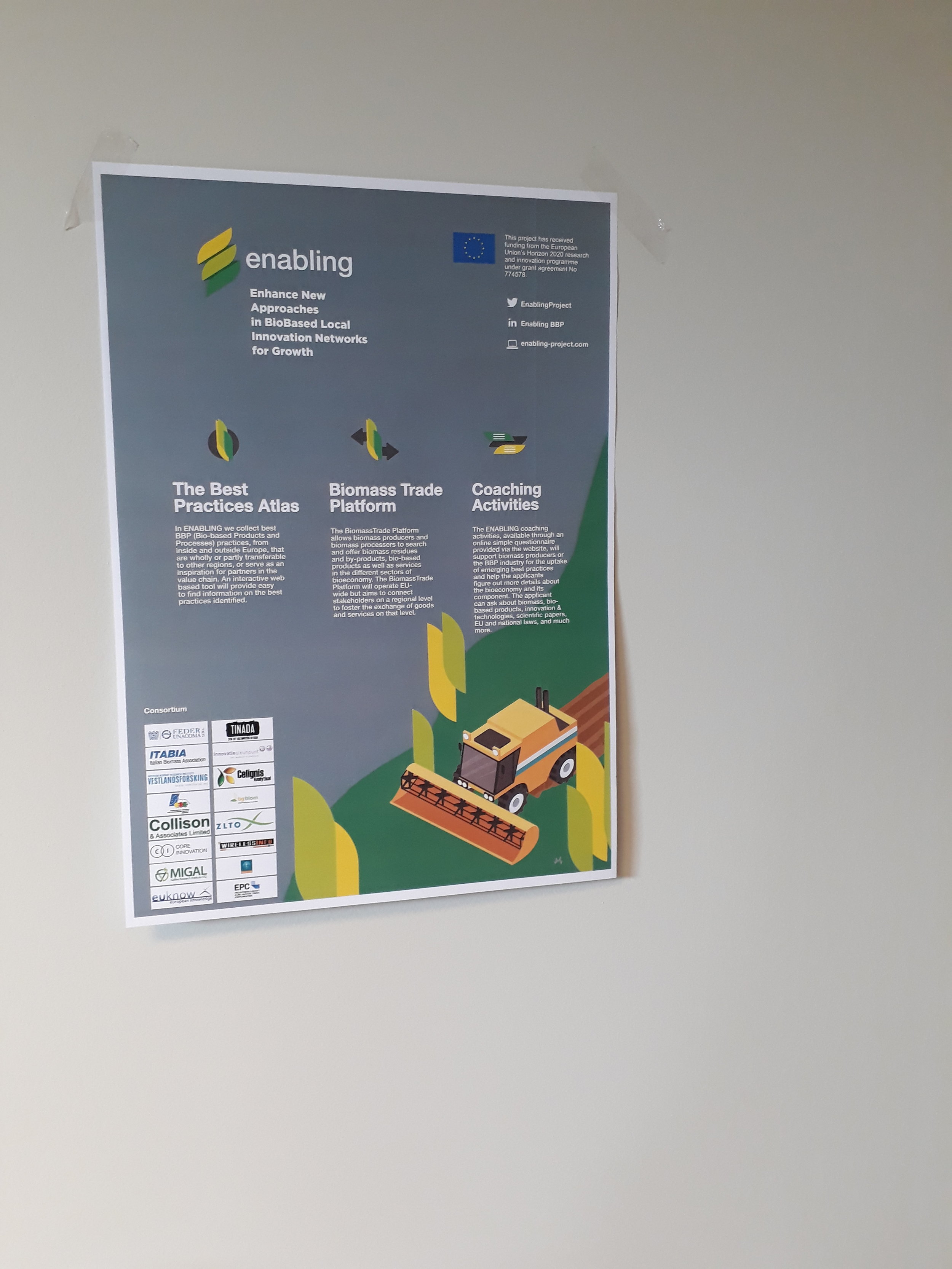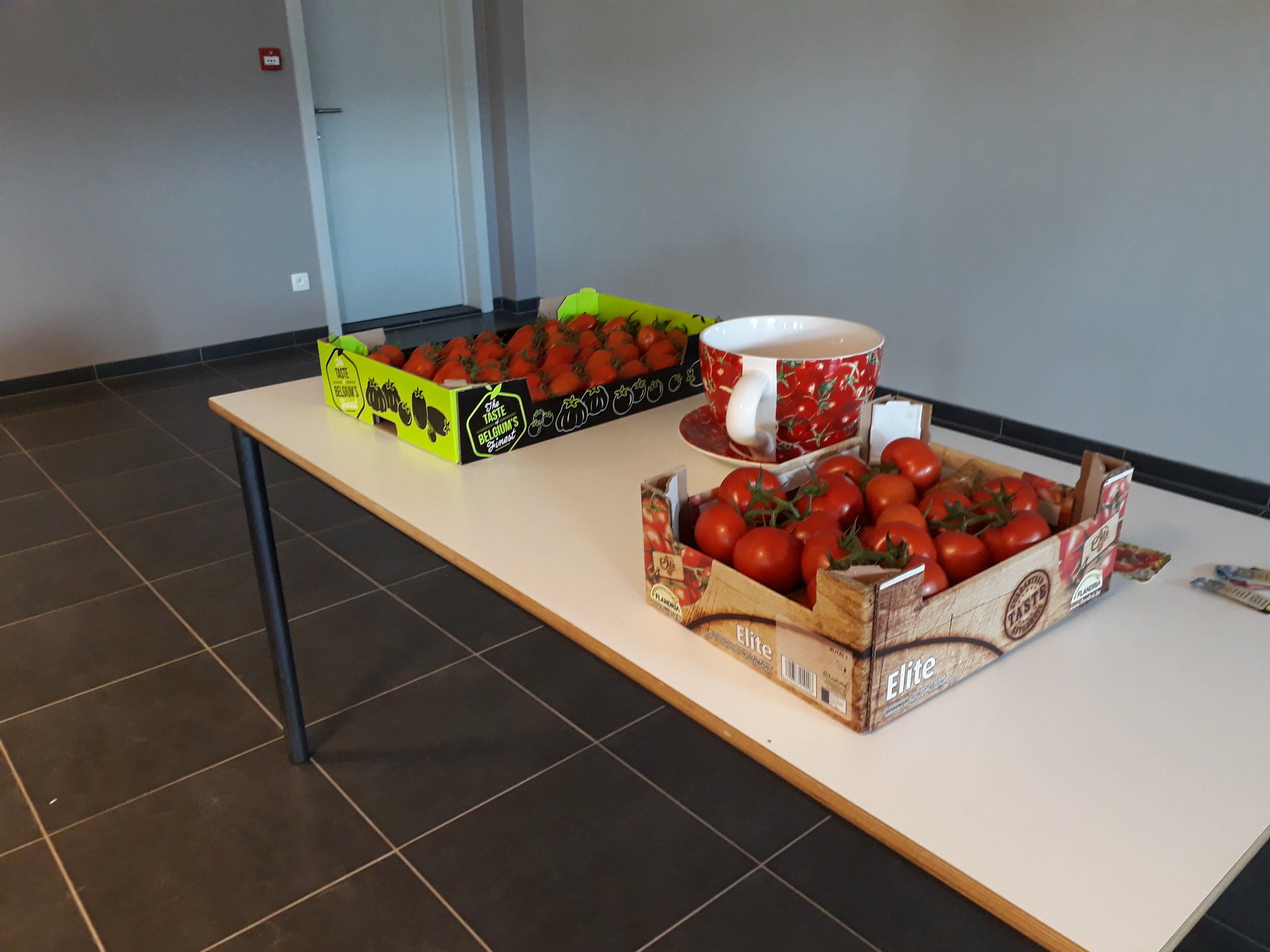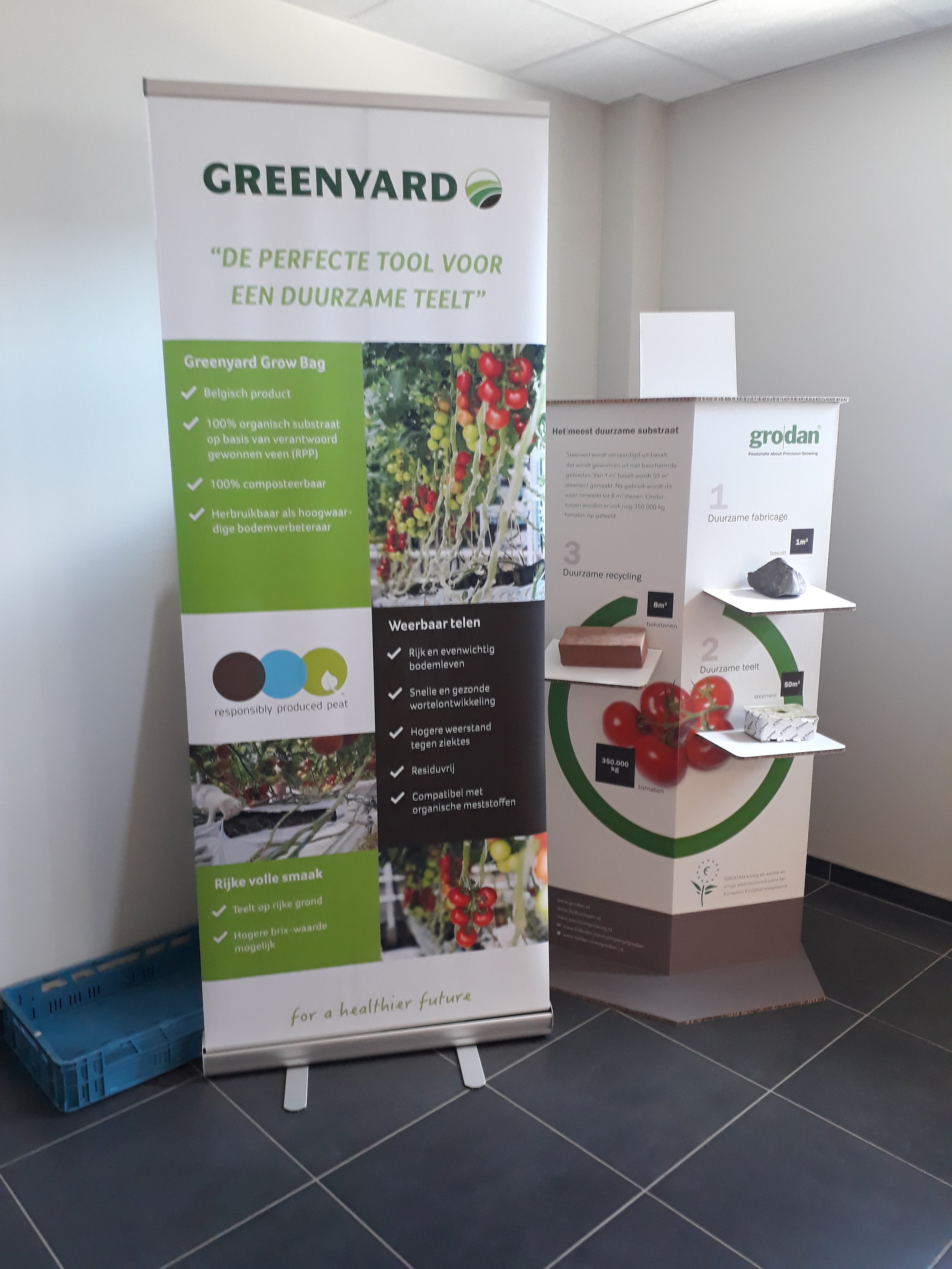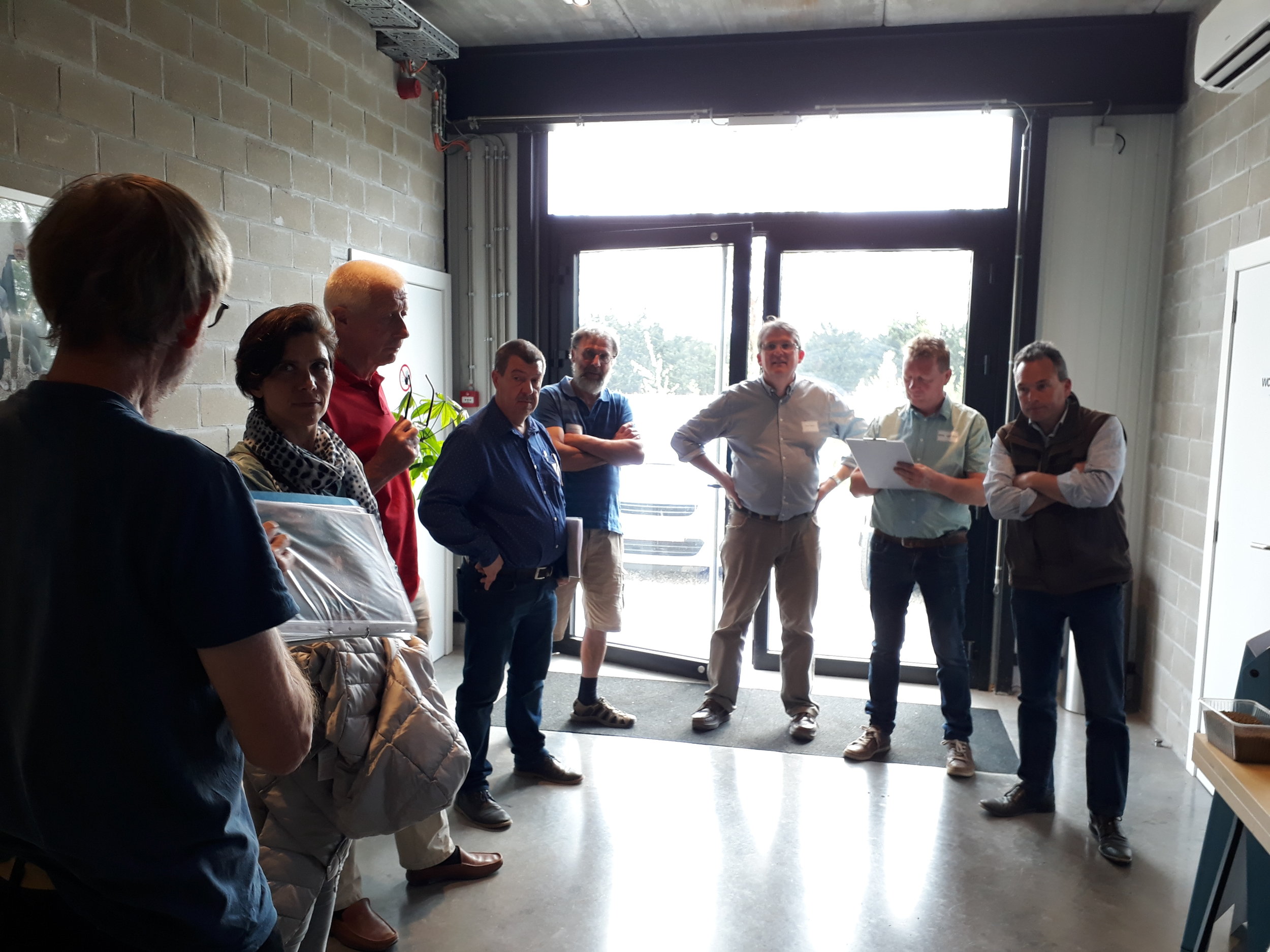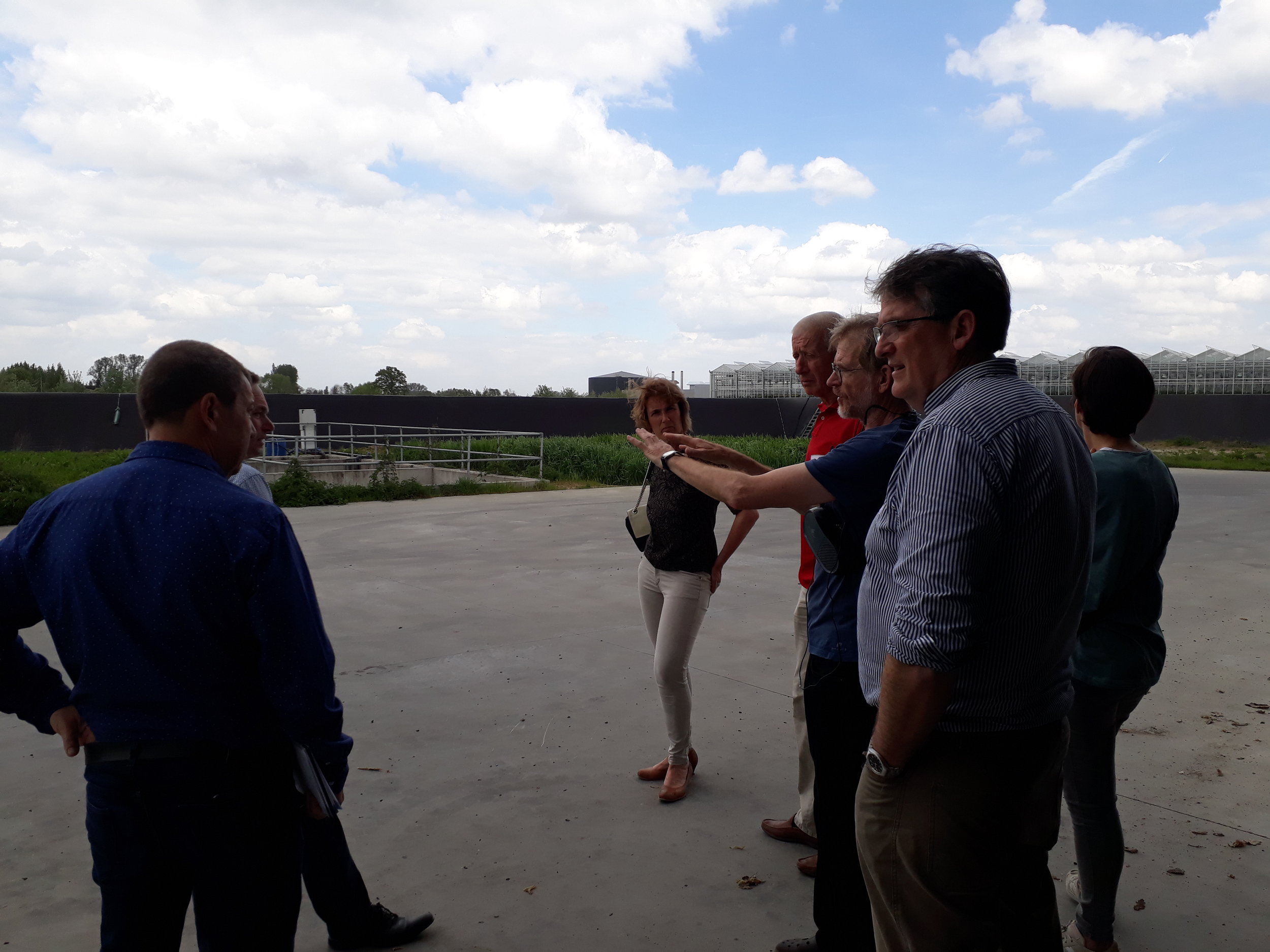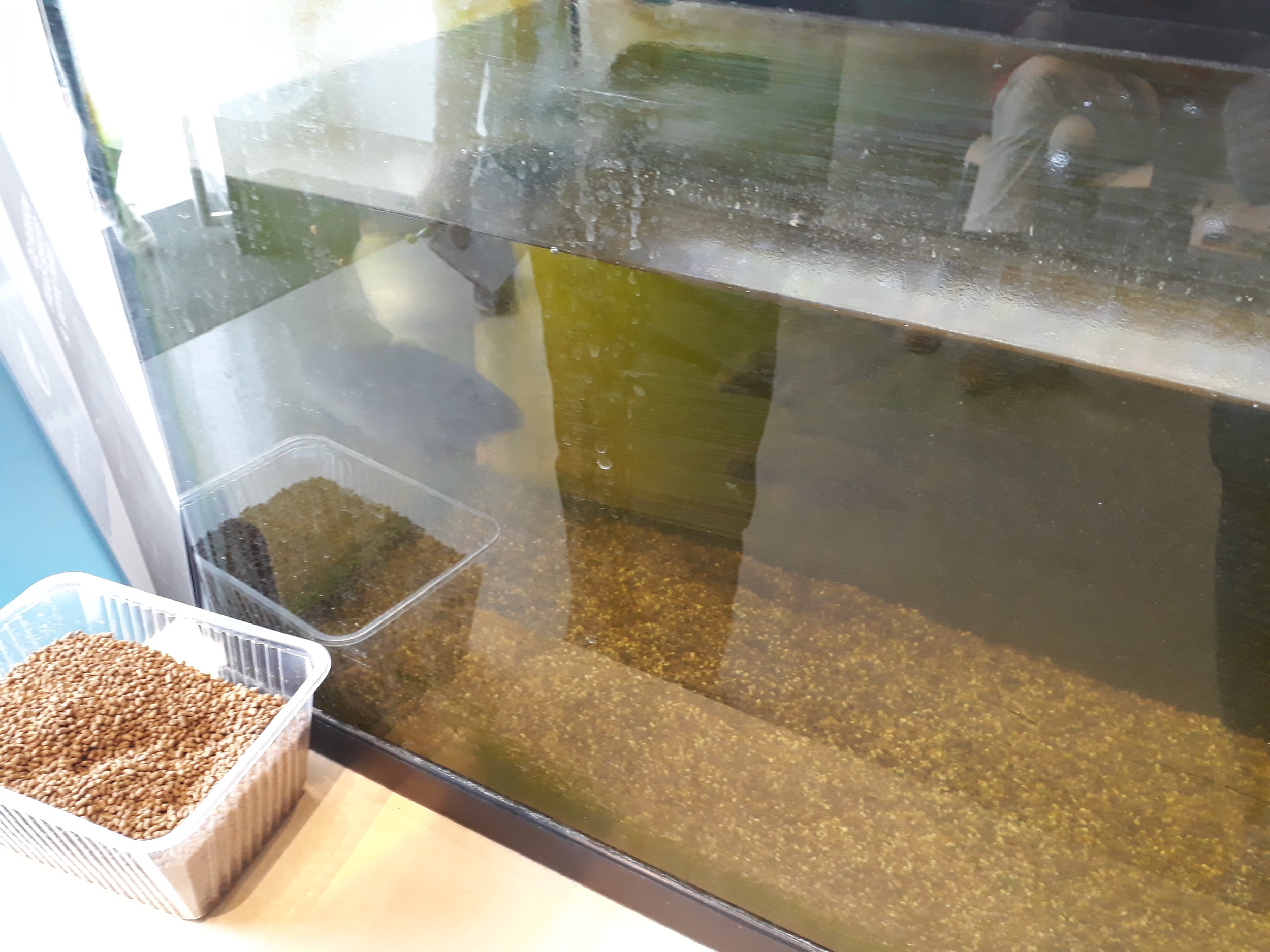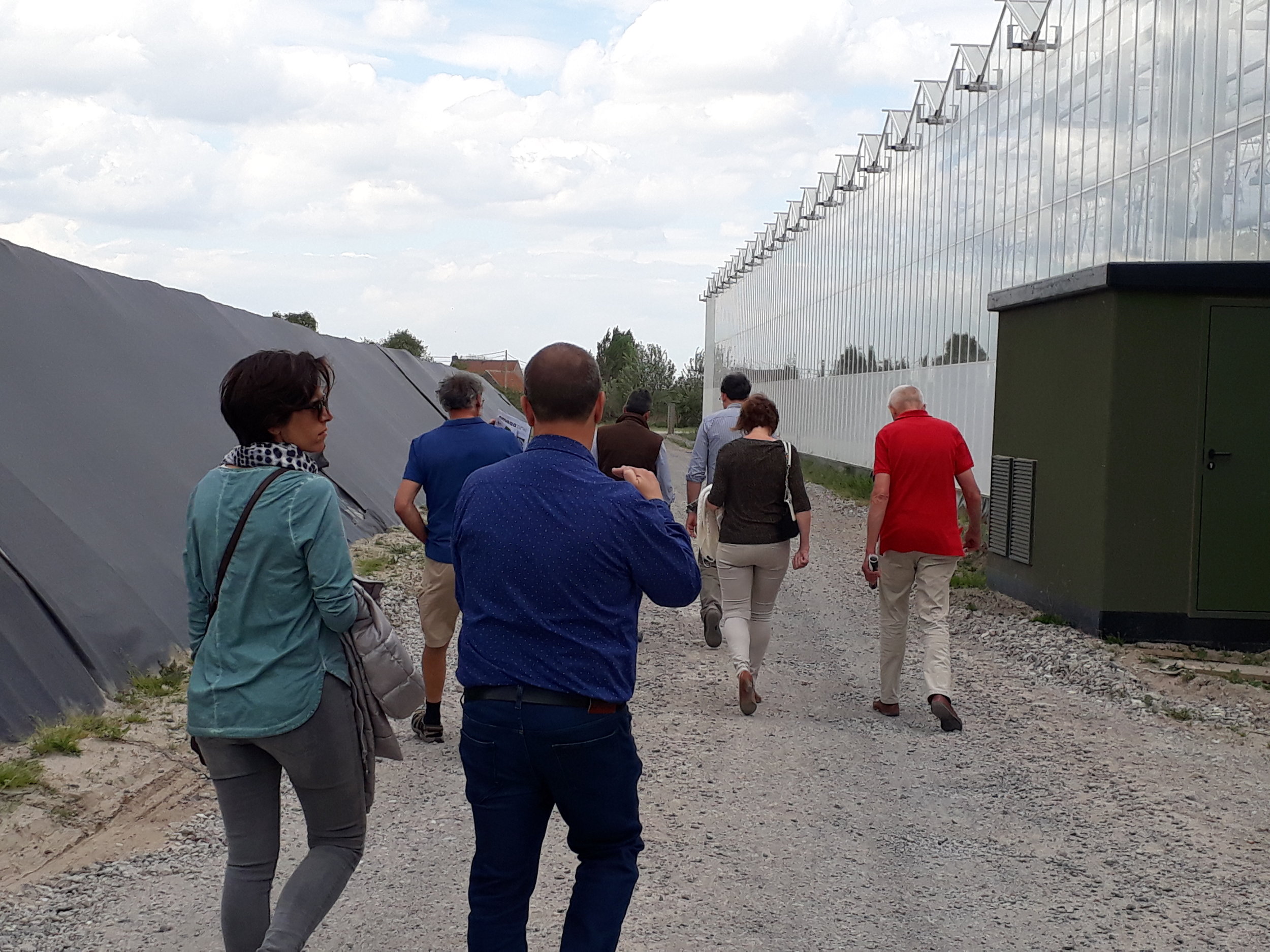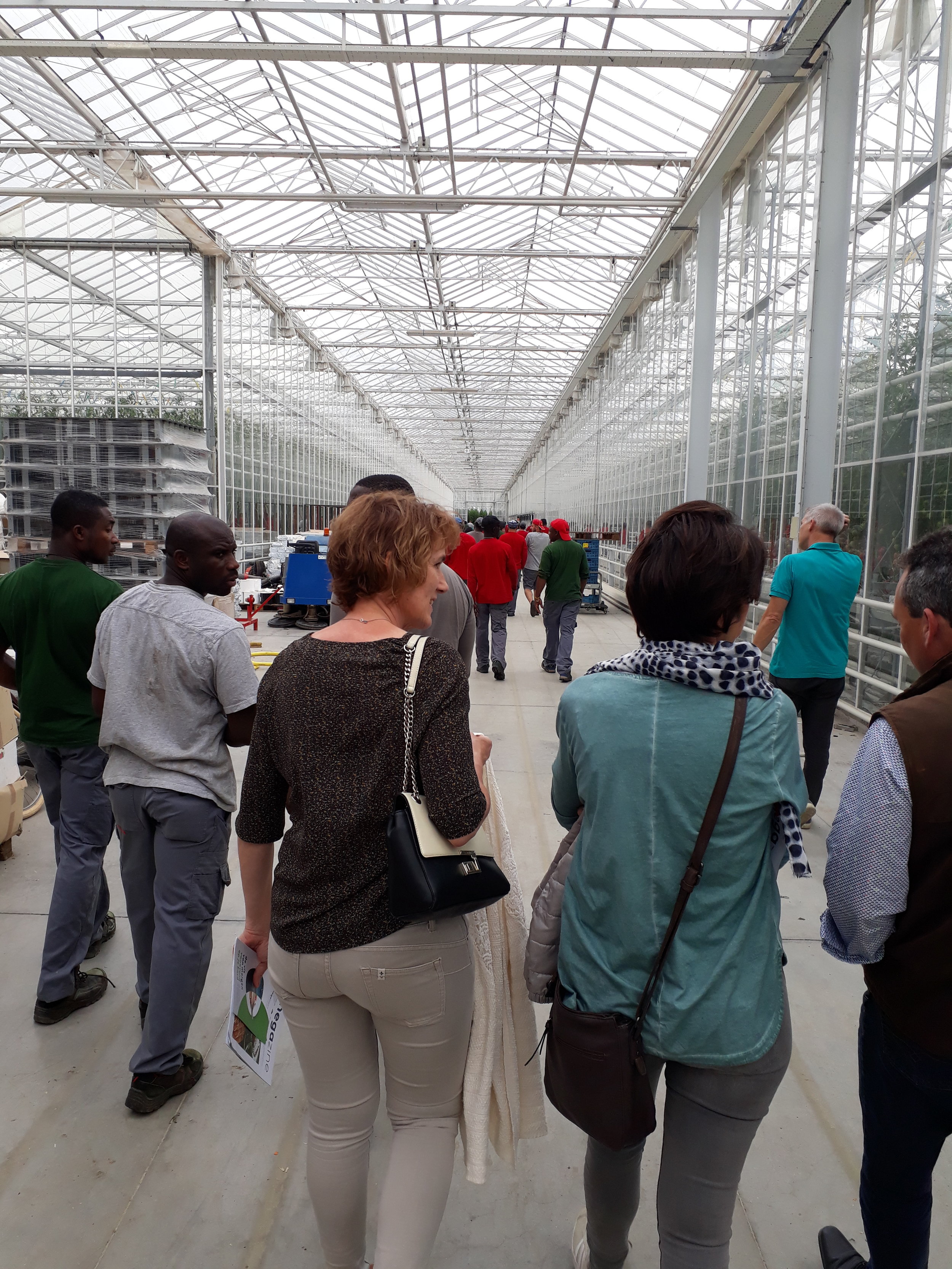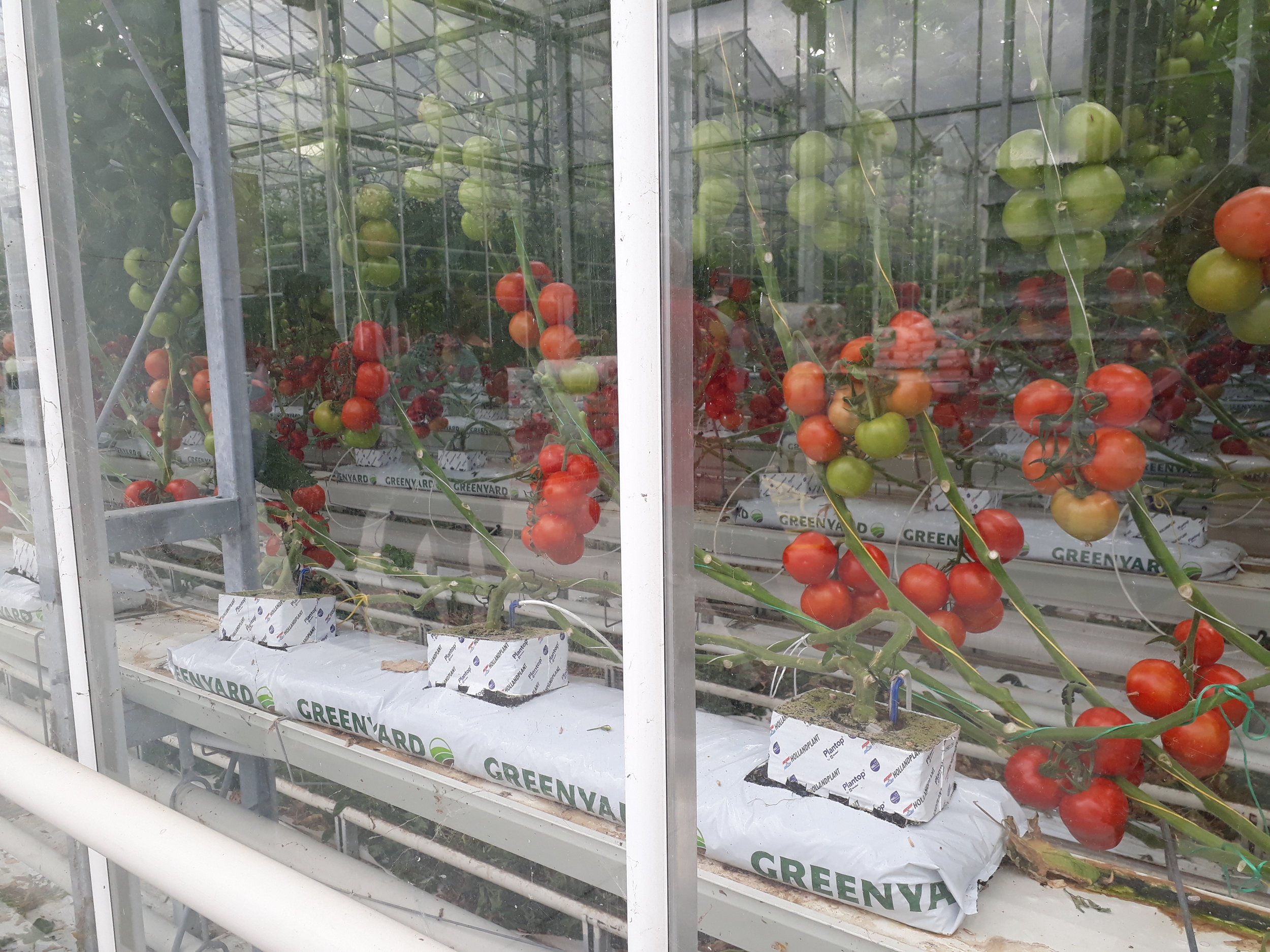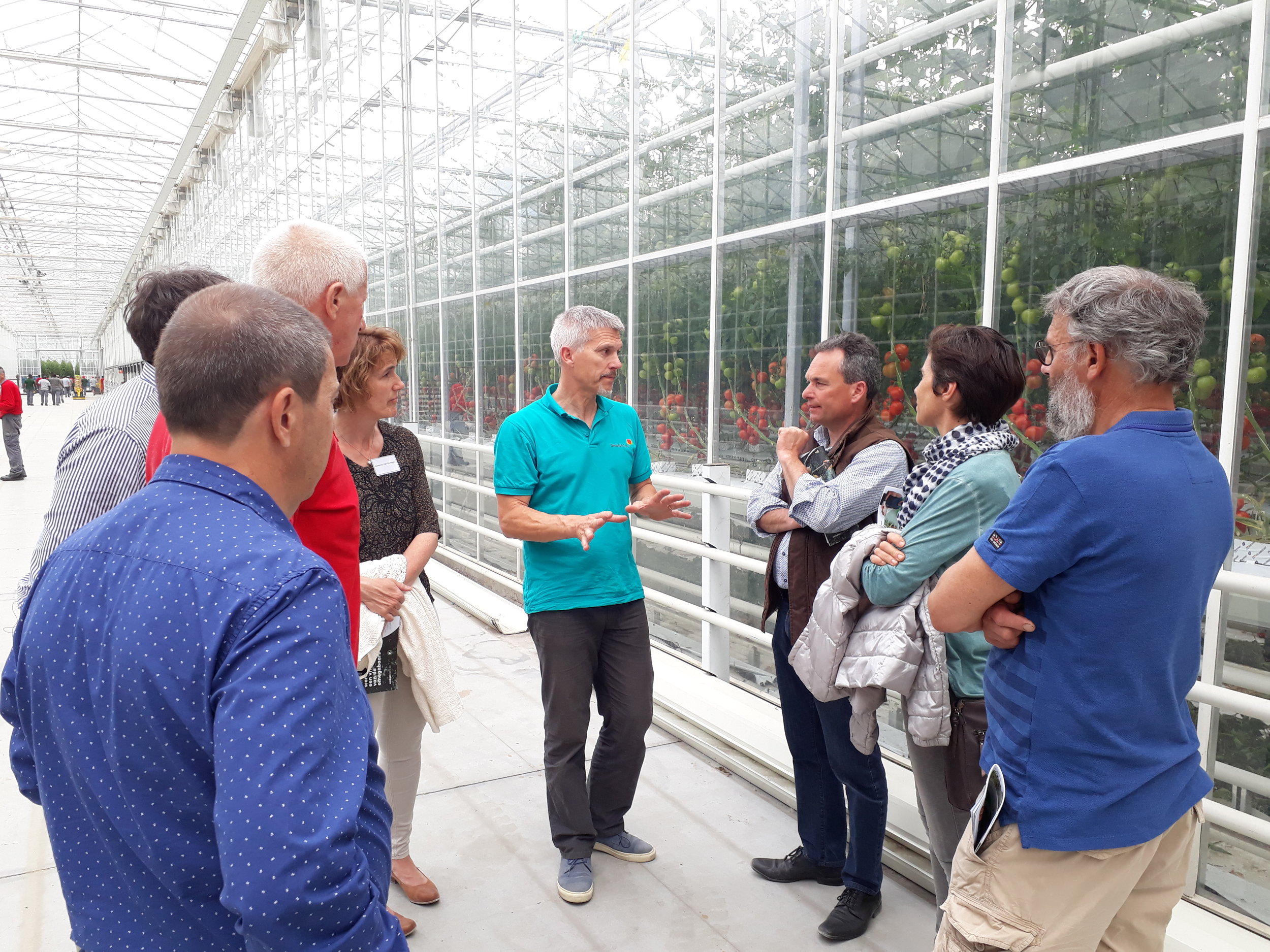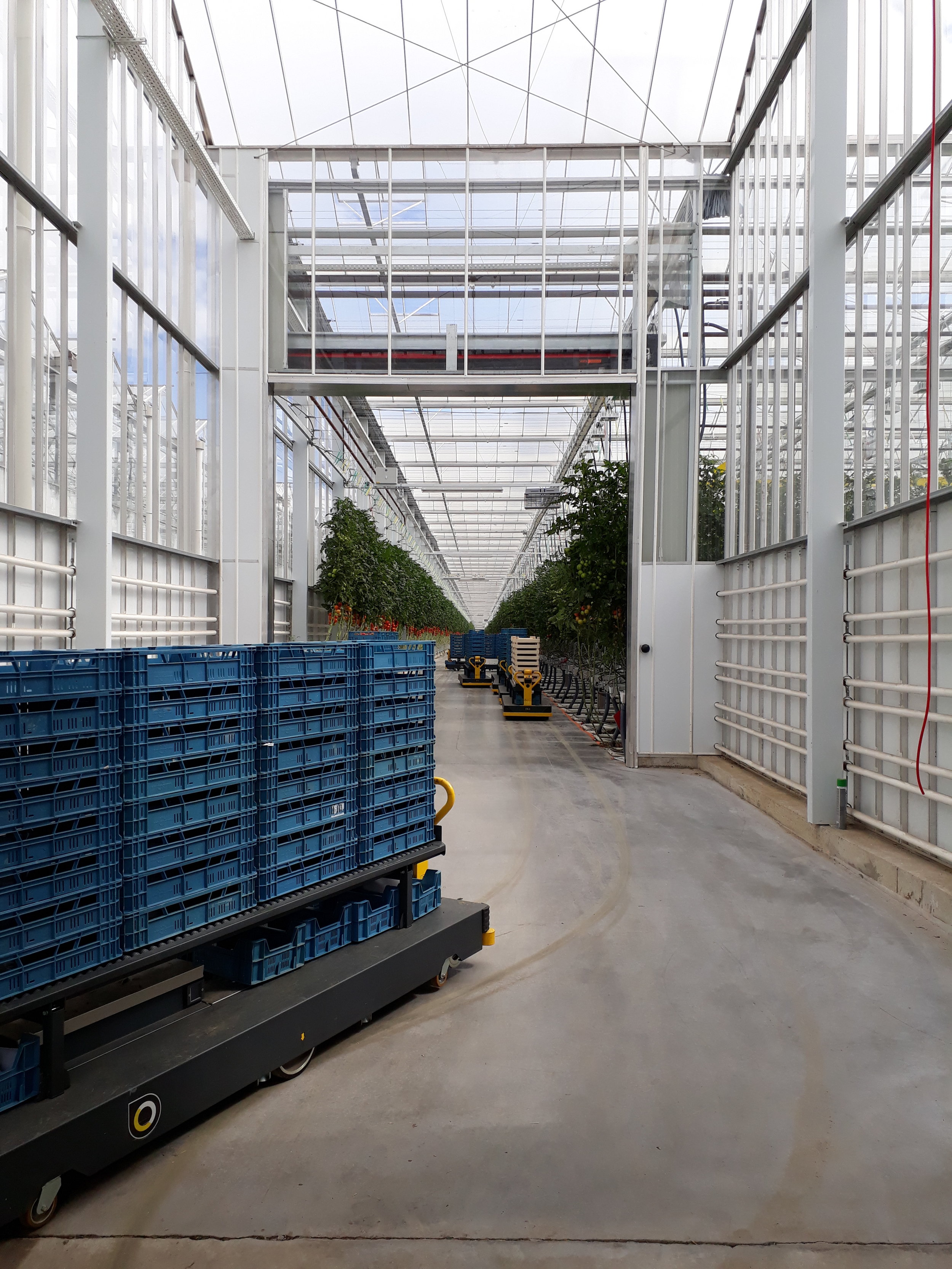Behind the scenes at Omegabaars and Tomato Masters
Wednesday the 24th of April, partner Innovatiesteunpunt was welcomed with open arms in both companies, Omegabaars (fish grower) and Tomato Masters (tomato grower), with a diverse group of Belgian growers and other stakeholders. The Enabling project is convinced that this collaboration is unique and therefore one of our best practices!
Through this visit, growers were able to learn and see this collaboration in real life. Johan Vlaemynck from Tomato Masters and Vincent the production manager from Omegabaars were willing to answer every question.
We had a look at production hall from Omegabaars. We are told that Omegabaars is completely circular in regard to water use. Yearly, 30 million litres, is circulated between them and Tomato Masters. Tomato Masters catches rain water through the roofs of their greeneries and their cisterns. Omegabaars also has their own cistern (to catch rain water) of 10.000m3 as well as a big water treatment plant. Therefore water is circulated in two directions; waste water from the fish bassins is treated and then transported too Tomato Masters to water their plants. Caught water at Tomato Masters is transported to Omegabaars in return. An additional benefit for Tomato Masters, is that they need less fertilizers and save around €22.000/year.
Next to this, we are made aware of the tropic temperature inside the production hall. This is because the original fish is coming from Australia and their natural habitat needs to be imitated. They also make their own O2 and send it through the bassins. Therefore electricity and heath are needed. Because the starting point of Omegabaars was to grow a sustainable fish, renewable energy was needed. Luckily, Tomato Masters has both solar panels and a Combined Heat and Power (CHP). Tomato Masters produces energy for around 500 families, but now also for Omegabaars. They made an arrangement that was better for both. Next to this, the rest heat, produced by the CHP, is transported to Omegabaars.
Additionally, we learned a lot about the production process from the fish and the fact that the fish is not fed with fishmeal, but with a vegetarian diet. This is much more sustainable than common aquaculture, because to grow a fish with fishmeal, fish from the see is needed to produce the fishmeal. We even got to taste the vegetarian feed, but the fish tasted better!
Jana Roels,
